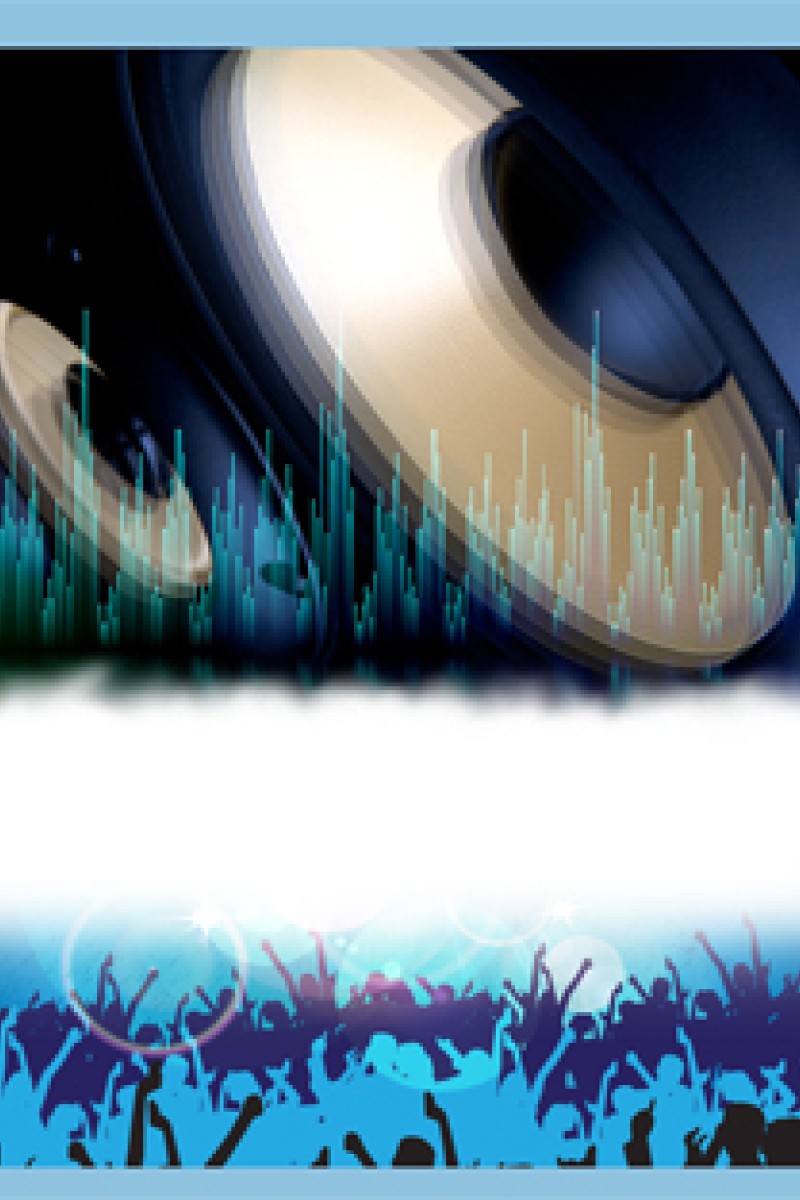
Underground beats prove mainstream worthy

Dubstep is a derivative of the grittier, more disjointed grime, which was one of the first forays into sub-bass frequencies. Think of grime as a dirtier, darker and heavier forefather. The lack of a clear-cut boundaries kept grime more "underground" than its sub-genre, despite plenty of press.
While grime originated from Bow, East London, dubstep was first explored in Croydon, South London. Both genres are proudly British, although they spread - especially dubstep - relatively quickly around the world. Britney Spears, for example, flirted with a dubstep-inspired bassline in her 2011 track, Hold It Against Me.
It was Skrillex, though, who really brought the genre out of the darkness. His blossoming career is a modern-day rags-to-riches tale: just a little more than two years ago, he was camping out on DJ 12 Planet's couch, in huge debt after vocal chord surgery. Then this year, he won three Grammys, as a new independent artist, no less.
Confusion over the sub-genres - brostep and post-dubstep, among others - aside, dubstep is easily identified because of the drop: a sudden change of rhythm coupled with a long "wobble" bass note, followed by beats at full throttle. At times, the "wobble" note can be so entrancingly slow and intense that it isn't just heard, but felt in the chest.
Although the term "brostep" was coined as a joke by San Francisco DJ Kozee, weirdly enough, this new sub-genre is gaining momentum thanks to its aggressive sound and intense delivery - simply put, it's easier to dance to.
Hong Kong may not yet have a large dubstep scene, but it's growing. Sessions HK provides weekly doses of low-slung bass, and even flew DMC World Champion ("The World's No. 1 DJ Competition") Vajra out to perform in June. Even though the scene is still exclusive to clubbing, expansion only seems natural - dubstep is a worldwide phenomenon, after all.
It's still unclear whether dubstep will be able to stand the test of time, but for now, get up, stand up, and just wait for the bass to drop.